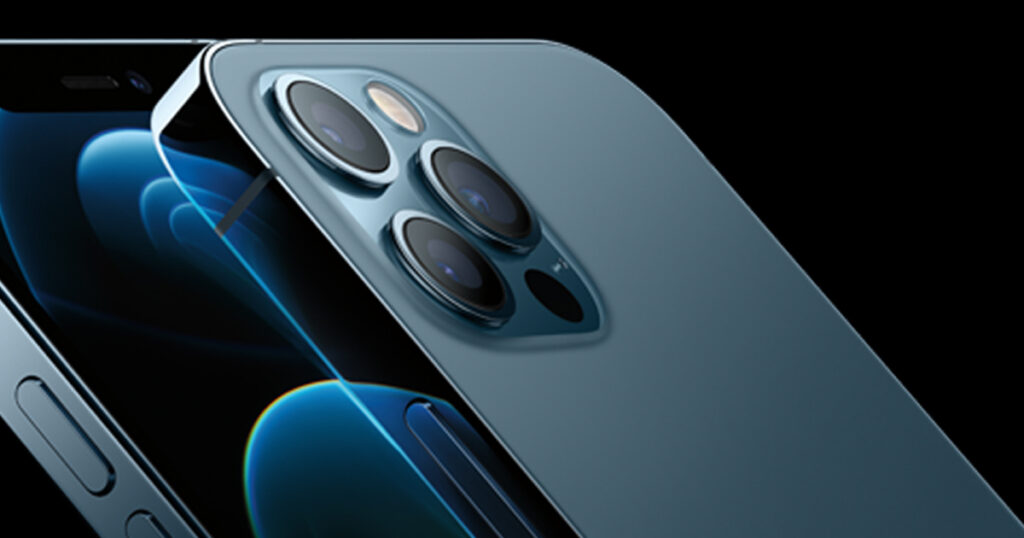Among the many reasons smartphones are so popular is they put a long list of powerful tools in users’ pockets at nearly all times. And of these wide-ranging tools, one of the most popular and regularly utilized might also be one of the longest tenured: the devices’ built-in cameras, which have been around since the days when the flip phone was at the technology’s cutting edge.
These always-in-reach cameras, though, have certainly come a long way since their early days. While the initial cameras built into mobile phones were far inferior to their full-size handheld counterparts, the image quality of today’s smartphone cameras have certainly closed the gap. And not only do these on-the-go photographic tools come in handy for taking simple snapshots, videoconferencing and scanning QR codes, they can take photos of extremely high quality.
But advanced technology can only take a user’s photos so far. To get the most out of their smartphone cameras, budding smartphone photographers should consider these eight tips for taking better photos with their mobile devices:
- Cleanse the lens: It might seem overly simplistic but cleaning a smartphone’s camera lens can go a long way toward taking better photos as this helps prevent the flaring and overall soft look that a dirty lens can lend to photos. Especially because modern consumers tend to take their smartphones with them nearly everywhere, dirt and debris can build up on their lenses quickly. And while a quick swipe with a shirt will do the trick in a pinch, using a microfiber cloth for regular cleanings will help prevent long-term lens damage.
- Know the camera shortcut: Often the opportunity to catch a great shot passes quickly and the time users spend navigating their way to their smartphone’s camera app can prove costly. To give users quick access to their cameras, most phones offer shortcuts that take users directly to these photo-taking apps quickly and easily. For many Android phones, the shortcut involves double tapping the power button. And for many iPhone users, the quickest way to the camera app is to awaken the smartphone and swipe left from the lock screen. Whatever type of device they have, users should know the quickest way to get to their camera.
- Ensure proper lighting: Good lighting is critical to any quality photo and its importance tends to be exaggerated when taking photos with a smartphone. When possible, smartphone users should try to use natural light when taking pictures, such as that found in the vicinity of an open window when indoors during daylight hours. Further, they should try to avoid backlighting, instead moving to a spot where the photo’s subject is illuminated from the front or side. When outdoors and taking portrait photos, moving the subject to a shaded area can provide the perfect soft, diffused lighting required for exceptional photos.
- Focus on framing: While a lot of amateur photographers tend to put their photo subject directly in the center of the shot, following compositional guidelines such as the rule of thirds can often make for more eye-catching photos. And of course, ensuring that the horizon is kept straight in images is typically desirable. One way a smartphone can help in both areas is with its “grid lines” feature, which overlays a set of faint horizontal and vertical lines over what the user sees on the screen. To turn on this feature, iOS users can go to Settings, select Camera, and toggle on the Grid setting. Android users can do the same by going to Settings > Apps > Camera and selecting Grid Lines.
- Explore the exposure: Users typically employ their smartphone cameras as point-and-shoot devices, but most smartphones allow for some level of manual adjustment. And one of the most effective ways to turn a bland image into an eye-catching one is by adjusting the image’s exposure, which increases or decreases the amount of light captured to make the photo brighter or darker. Users can experiment with the exposure on their Apple devices by tapping and dragging the sun icon that appears next to the confirmation box that appears when they tap the screen to focus or by tapping the plus or minus icon seen on the screen when it is touched.
- Use a little less zoom: Generally, the digital zoom employed on smartphones is far inferior to the optical zoom typically delivered by professional cameras as the digital version simply crops and re-sizes the image being taken. This frequently results in a grainy, low-resolution photo with any camera vibrations that might occur while snapping the image leading to substantial blur in the end product. When possible, users should simply move closer to the photo subject before taking the shot rather than using the digital zoom because this will usually result in a much clearer photo.
- Hold steady: Smartphone cameras tend to be more sensitive to movement than professional cameras, which can lead to the image blur mentioned above. This makes it important for smartphone photographers to keep camera shake to a minimum when capturing images, especially in low-light situations when a longer exposure is required. To steady their shots, smartphone users can rest the camera against a fixed object like a wall, a table or even a friend’s shoulder. Even better, users can employ a small, inexpensive tripod made specifically for smartphones to keep their shots steady.
- Upgrade to a newer phone: Smartphone cameras have come a long way since their introduction and the leaps forward made during the last couple years have been especially big ones. Users with phones that have not been upgraded in years are likely to be employing outdated camera technology. Replacing these devices with any recent model, especially one made by Apple or Samsung, will put users on the leading edge of smartphone camera technology.
Need a new smartphone with all the latest features, including leading-edge photographic capabilities? FTC offers the latest iPhones as well as a range of other smartphones, including top-of-the-line Samsung and LG models. Visit https://www.ftc.net/services/wireless/ today to explore our latest money-saving promotions and get a device that helps you take better pictures when the moment is worth preserving.




